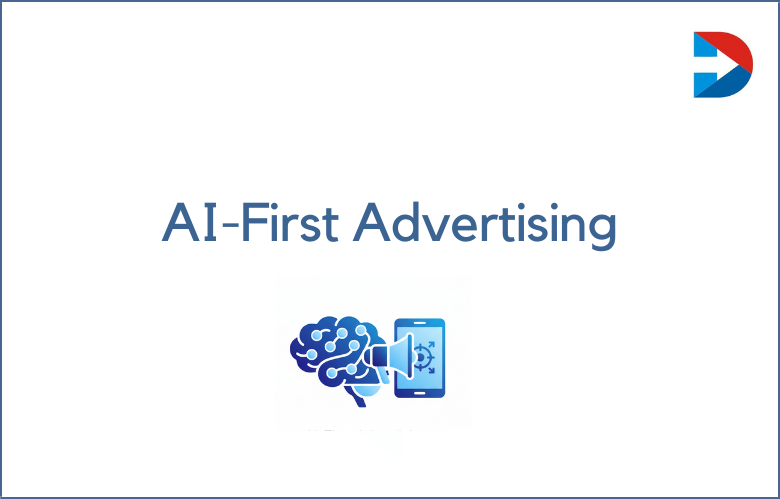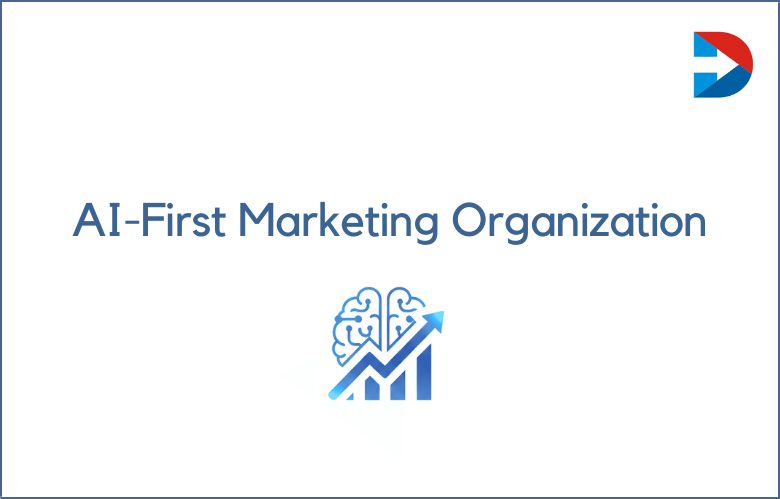In today’s digital age, online advertising is becoming more and more essential for businesses to reach their target audience effectively. As a video-sharing platform with over 2 billion monthly active users,
YouTube has become one of the most popular advertising channels for companies across different industries. With a range of advertising formats at your disposal,
YouTube offers a unique opportunity to engage your target market with creative and targeted video ads that deliver measurable results. We’ll explore the benefits of YouTube Advertising and why your business needs to invest in it.
Understanding the Scope of YouTube Advertising: Tips and Tricks for Successful Campaigns
The advertising world has undergone a digital revolution, and YouTube advertising is now at the forefront of it.
Boasting over one billion active users, YouTube has become the perfect platform for businesses to reach and engage their target audiences with video content.
YouTube advertising allows businesses to build their brand and promote products and services through cost-effective advertisements.
However, creating a successful advertising campaign on YouTube requires knowledge and strategy to stand out.
We’ll delve into the realm of YouTube advertising and provide helpful tips and tricks for businesses looking to reach their target audience.
Are You Ignoring YouTube Advertising? Here’s why you shouldn’t!
In today’s world, the internet is a hub of endless content. It’s a world of opportunities; businesses continually look for ways to promote their brand and reach their target audience.
This is where YouTube advertising comes into play – a fantastic way to reach billions of people worldwide.
YouTube has inevitably become a part of people’s daily routine, where we watch and listen to music, learn new skills, or enjoy entertaining videos. It’s also an excellent platform to advertise your brand and connect with your audience.
YouTube advertising has changed drastically over the years, with many ad formats available that can fit any business’s needs and budget.
Still, far too many businesses need to pay attention to this platform and take advantage of incredible opportunities. This post will show you why you shouldn’t overlook YouTube advertising.
The Power of YouTube Advertising: How to Reach Your Target Audience
YouTube has become one of the most popular social media platforms in recent years. It is no longer just a platform for watching funny videos or music videos, but businesses have started using it to advertise their products and services.
With over 2 billion monthly users, YouTube is a platform that cannot be ignored. We will explore the power of YouTube advertising and how it can help businesses reach their target audience.
Are you measuring and optimizing the performance of ads
YouTube advertising offers several metrics that businesses can use to measure the performance of their ads.
These metrics include view count, engagement rate, click-through rate (CTR), and conversion rate. Businesses must track these metrics regularly and optimize their ad campaigns for the best results.
Best practices for YouTube advertising
Businesses must follow some best practices to get the best out of YouTube advertising.
These best practices include creating high-quality videos, optimizing for mobile devices, targeting the right audience, creating captivating thumbnails, using call-to-action buttons, and measuring and optimizing the performance of ads.
Businesses must ensure that their videos are high quality, have engaging content, and are optimized for mobile devices.
Captivating thumbnails can attract the audience’s attention and encourage them to watch the video. Call-to-action buttons can persuade viewers to take action after watching the video.
Reach a Global Audience
One of the primary benefits of YouTube Advertising is the platform’s vast global audience. With a presence in over 100 countries, YouTube provides an unprecedented reach to target markets worldwide.
Moreover, YouTube has become the second-largest search engine after Google, with billions of daily searches on the platform.
You can tap into this massive audience by advertising on YouTube to reach potential customers and increase brand awareness.
Targeted Advertising
Another advantage of YouTube Advertising is targeting your ads to specific demographics, interests, and behaviors.
With a range of targeting options available, including age, gender, location, interests, and more, you can ensure that your ads are delivered to the right audience.
This targeted approach leads to higher engagement rates, as your ads are displayed to people who are more likely to be interested in your product or service.
Cost-Effective Advertising
Compared to traditional advertising channels such as television, radio, or print, YouTube Advertising is cost-effective for businesses of all sizes.
With different advertising formats, including pre-roll ads, in-stream ads, bumper ads, and more, YouTube provides flexibility regarding ad format and advertising budget.
YouTube’s pay-per-click (PPC) advertising model means that you only pay when someone clicks on your ad, making it a more cost-effective advertising approach than traditional media.
Measurable Results
YouTube Advertising provides businesses with comprehensive data and analytics to track the performance of their ads.
This data includes metrics such as views, impressions, click-through rates, and more, allowing you to evaluate the effectiveness of your ad campaigns and make informed decisions for future advertising strategies.
You can also measure your ad campaigns’ return on investment (ROI), helping you optimize your advertising budget for better results.
Creative Advertising Opportunities
YouTube Advertising offers a range of creative opportunities for businesses to showcase their products and services.
From short teasers to long-form ads, businesses can create video ads that resonate with their target audience and drive engagement.
Businesses can leverage YouTube influencers to promote their products or services, giving them access to a broader audience and increasing brand awareness.
The Types of YouTube Ads?
When it comes to advertising on YouTube, there are a few different types of ads. Each serves another purpose, depending on your brand’s goal. The various types of ads are:
– TrueView In-stream ads – these ads play before or during the video, and viewers can choose to skip after five seconds.
– TrueView Discovery ads are shown in the YouTube search results, on the homepage, or in suggested videos.
– Non-skippable ads – these cannot be skipped and are shown before, during, or at the end of a video.
– Bumper ads are short, non-skippable ads that play before a chosen video.
Demographic Targeting:
One of the most significant advantages of YouTube advertising is that it allows you to target specific demographics. You can choose what your viewers see based on age, gender, location, and interests.
Gathering data on your target audience can create more effective ad campaigns to reach the right people, leading to more engagement and conversions.
Creating Engaging Content:
The key to a successful YouTube advertising campaign is to create engaging content. Your ad should be visually appealing, with clear calls to action that compel your audience to take action.
Keep your message short, and focus on what makes your products or services unique. It would be best to consider using humor or emotion to build a connection with your viewers, which will help foster brand loyalty.
Keep Your Budget Under Control:
While YouTube advertising is cost-effective compared to traditional advertising, it can still be expensive. To keep your budget under control, set a daily spending limit and monitor your campaign’s performance.
Monitor the conversion rates, cost per engagement, and ROI to ensure your campaign generates a return on investment.
Conclusion:
YouTube Advertising offers businesses a unique opportunity to reach a global audience with targeted and cost-effective advertising.
With comprehensive data and creative advertising opportunities, businesses can create video ads that drive engagement and measurable results.
By investing in YouTube Advertising, businesses can maximize their advertising efforts and achieve their marketing objectives.
YouTube advertising has seen a surge in popularity in recent years, and it is an effective method for businesses to reach their target audiences with video content.
It is understanding the different types of ads and demographic targeting, creating engaging content, controlling budgets, and analyzing campaign performance.
YouTube Advertising: How to Reach Your Target Audience – FAQs
What Is YouTube Advertising?
YouTube advertising uses paid video placements to build awareness and drive action among specific audiences on the platform. It’s a core, cost-effective channel for many businesses.
Why Use YouTube To Reach My Target Audience?
YouTube combines massive scale with precise targeting, letting brands reach viewers by demographics, interests, and behaviors with measurable outcomes.
Which YouTube Ad Formats Should I Know?
Key formats include TrueView In-stream (skippable), TrueView Discovery (in search/home/suggested), Non-Skippable In-stream, and 6-second Bumper Ads.
How Do Skippable And Non-Skippable Ads Differ?
Skippable in-stream ads can be skipped after five seconds and are great for efficient reach; non-skippable and bumper units require full viewing and suit short, memorable messages.
What Targeting Options Are Available?
You can target by age, gender, location, language, interests, life events, custom intent/affinity, and remarketing lists.
What Campaign Objectives Work Best On YouTube?
Common goals include brand awareness, consideration (traffic, views), and conversions, matched to the ad format and creative length.
Which Metrics Should I Track?
Monitor impressions, views, view rate, CTR, engagement, watch time, conversions, and cost per result.
What Are Creative Best Practices For YouTube Ads?
Hook in the first 5 seconds, show brand early, use tight framing and clear captions, deliver one core message, and end with a strong call to action.
How Important Are Thumbnails And CTAs?
Very important. Compelling thumbnails lift click-through, and visible, action-oriented CTAs nudge viewers to visit, subscribe, or purchase.
How Do I Optimize For Mobile Viewers?
Design for small screens with bold visuals, readable text, tight shots, fast pacing, and sound-off clarity using captions.
Is YouTube Advertising Cost-Effective For Small Budgets?
Yes. Flexible bidding and formats let smaller advertisers pay for engagement and scale only when performance is proven.
How Should I Set Budgets And Bids?
Start with a controlled daily budget, use target CPV or CPA bidding, and scale once you hit efficient cost and conversion thresholds.
How Often Should I Optimize My Campaigns?
Review weekly. Rotate creatives, refine targeting, adjust bids, and test hooks, thumbnails, and CTAs based on performance.
Can Influencers Be Part Of My YouTube Ad Strategy?
Yes. Collaborate with creators for credibility and extend reach by whitelisting or promoting creator content as ads.
What Length Should My Ad Be?
Match to objective: 6-second bumpers for reach and recall, 15 to 30 seconds for concise stories, and longer formats for education and consideration.
How Do Discovery Ads Differ From In-Stream Ads?
Discovery ads appear in search, home, or suggested feeds and require a click to watch; in-stream ads play before or during videos and may be skippable.
What Common Mistakes Should I Avoid?
Targeting too broadly, weak first 5 seconds, unclear value proposition, no CTA, poor mobile readability, and set-and-forget optimization.
How Do I Show ROI From YouTube Ads?
Map campaigns to measurable actions such as site visits, sign-ups, and purchases. Use conversion tracking and engaged-view conversions, and report cost per result alongside view metrics.
What’s The Global Reach Potential?
YouTube’s worldwide footprint enables multi-market campaigns. Localize targeting, language, and creative for best results.
How Do I Get Started Quickly?
Define audience and goal, pick the right format, produce a mobile-first cut with a strong CTA, set a test budget, enable conversion tracking, and iterate from early data.




